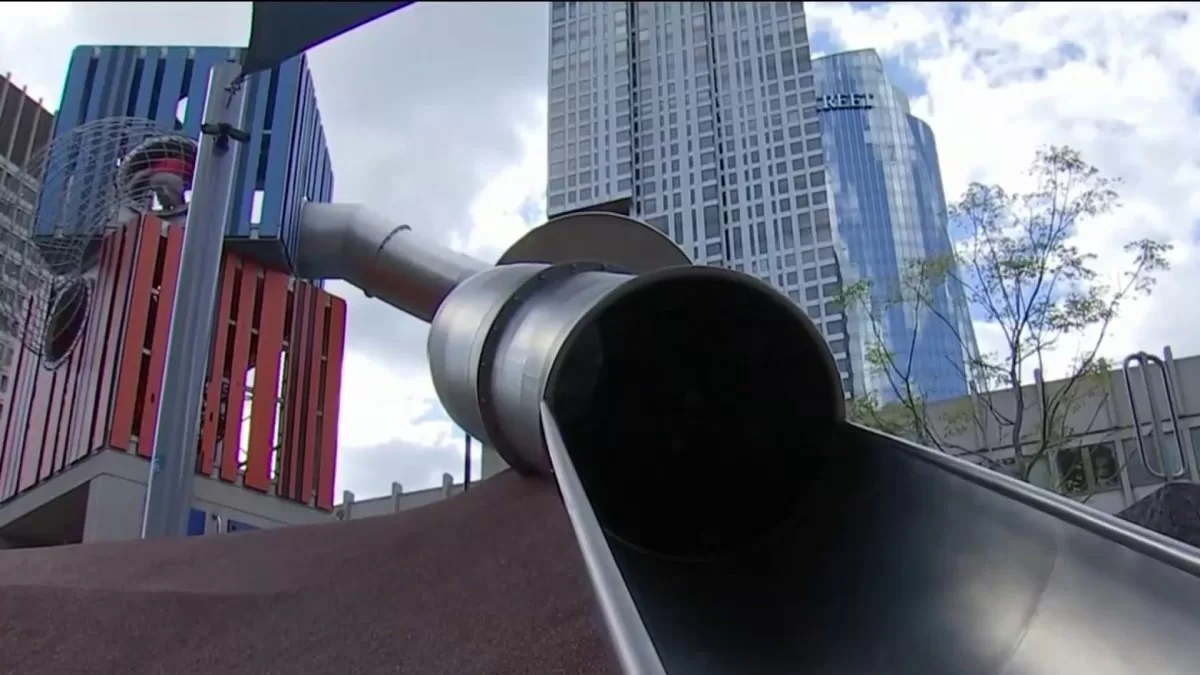A square with rounded ends, a circle in the middle and another circle in the upper right corner: in a few words, it is possible to define the camera that forms the Instagram icon. The historic minimalist format is the result of several changes since the network’s launch in 2010.
The evolution of the social network’s logo follows Instagram’s transformations over the years, from a photo-only space to a versatile and dynamic multimedia platform. In more than a decade of existence, the company had five different icons, with the right to a major reconstruction in 2016.
Instagram logo story
2010: the instant camera
The first Instagram icon was created by Kevin Systrom, the co-founder of the social network. The project is inspired by instant cameras, such as those from Polaroid, which reveal the printed image right after the click.
With a rainbow design and the app’s name, the logo translated Instagram’s proposal: a platform to take photos with a retro effect and quickly share the result with others.
Months after launch, the app received a new icon, made by designer Cole Rise, who also developed some of the app’s original filters. The version simplified the previous design, removed the camera structure, but still kept some main elements, like the look of past decades, the lens and the rainbow.
2011: minor changes
With the success in the App Store, the Instagram icon kept the concept, but received some adjustments: the logo started to display the term “Insta”, changed the frame and changed the colors of the reflection in the lens. The version lasted a long time and was maintained until 2016.
In 2020, during the celebration of the 10th anniversary of the social network, Instagram released a photo of what would be the back of the camera icon.
2016: the turnaround
A lot has happened in that five-year span, starting with Facebook’s acquisition of Instagram, but there are two main factors behind the logo change.
First, the social network is no longer just a place to post photos with traditional filters and gained many other functions, such as Stories and new ways of posting videos. Therefore, it made no sense to maintain the retro look to identify a constantly changing platform.
In addition, the application design market was also going through a phase of change, especially driven by the launch of iOS 7 in 2013. At the time, Apple remodeled all its app icons and adopted a minimalist and flat aesthetic, and consequently many other companies followed suit.
The Insta change came in 2016, with the minimalist appeal used to this day and a gradient color scheme. Even with negative reception from the user community, the icon has consolidated and is used in different combinations by the company.
Tip: if you are interested in the subject, it is worth checking the 4th chapter of the 2nd season of Abstract: The Art of Design, a Netflix original series. The episode centers on designer Ian Spalter, who spearheaded the change, and chronicles the creative process, complete with some alternate logo sketches.
2022: color update
The social network received another visual update in 2022, but without affecting the structure of the icon – this time, the change came in the gradient tones used by Instagram. The company reinforced the changes in the official statement:
“What started out as a static, polaroid rainbow is now a living array of colors that you can guide and reproduce. Responding to that context invites interaction. Built to live both inside and outside the app, the gradient is dynamic, capable of changing composition and color balance in either 2D or 3D space.”
In addition to colors, the network has also instituted a new font standard for all app communications.





